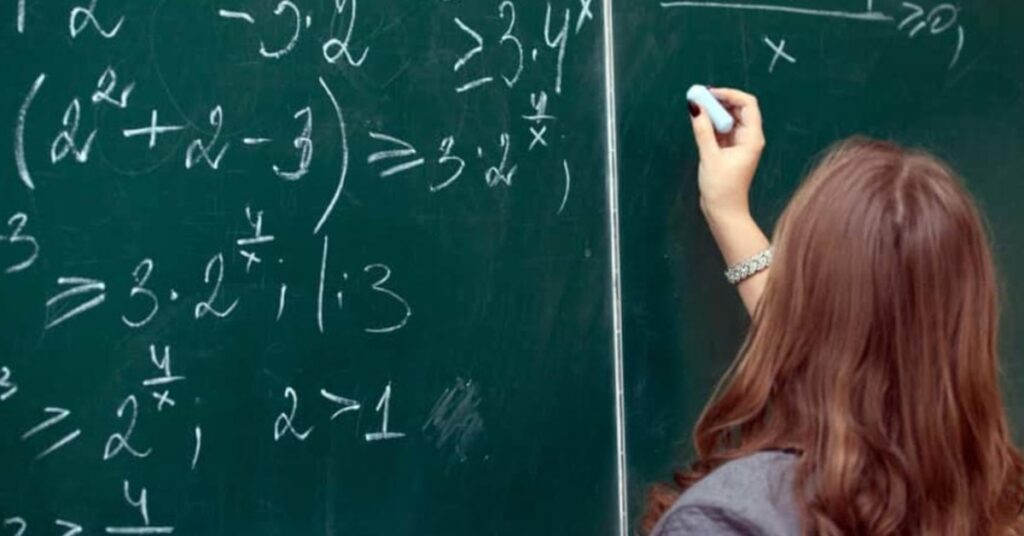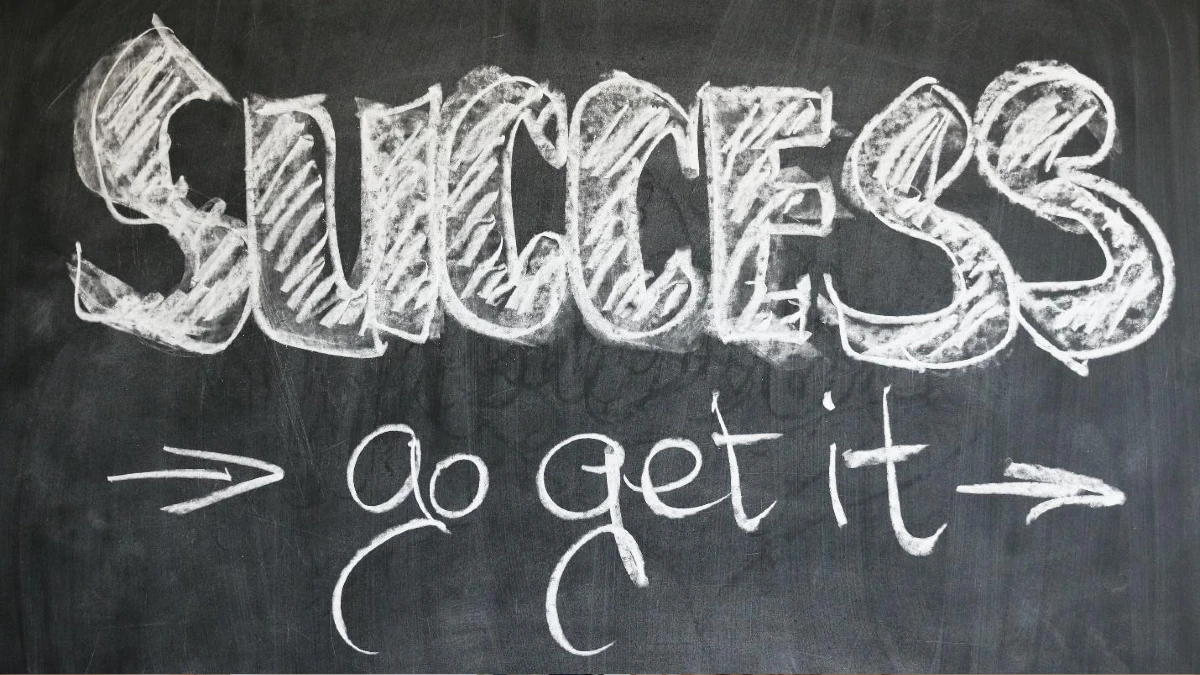
If we can stop for a minute and ponder what led to the invention of mathematics. Considering language was already invented, so ideas were communicated already quite freely between people. What led to the creation and integral use of mathematics in universities and higher studies and everyday life?
The answer lies in humankind’s inherent interest in understanding nature. One great man once said about science that it is like watching a character playing chess, and we are trying to understand the rules of the game.
Maths and Puzzles are analogous parts of Mother Nature: –
As humankind starts to observe nature, some patterns are getting repeated, and there are some universal sequences. It was to decode this mystery of nature that mathematics took birth and thus were born its symbols and relations all in the effort to interpret and define the many mysteries of nature and learn maths better. This nerve of humankind led to the discovery of sequences like the Fibonacci series and universal constants like pie.
Further on this enthusiastic solving of natural patterns led humankind to discover and analyze things that were otherwise bit not comfortable using common sense, for example, quantum mechanics is one such phenomenon that explains the movement of very microparticles which can be relatable using mathematical equations but otherwise not in the realm of common sense.
Thus, a science whose very birth is to unravel the mystery of the universe, it is evident that approaching mathematics puzzles is the most outstanding teacher of it. Solving puzzles is like creating one’s mini-lab and following the logic that mathematicians use to solve nature’s puzzles.
A peek into the world of puzzles and their impact on young brains: –
As per the research conducted by the University of Chicago, researchers found that children who play with puzzles between the ages of 2 – 4 years later develop better competitive skills. There are many kinds of puzzles – crosswords, slider puzzles and sliding blocks puzzles, the famous jigsaw puzzles, logic puzzles, mazes, dissections, magic squares, cryptarithms, strategy games – it’s hard to enumerate all known kinds.
Puzzlists and mathematicians have their preferences. To use puzzles in mathematics learning is not a new idea, as late as 800 AD we had the famous puzzle involving the fox, goose, and corn trying to cross the river or in 1460 we can see the hare and hound problem.
Let’s have a look at a few of these famous puzzles and their solutions below. The first puzzle is, a farmer needs to cross a river and has a boat for it. The farmer has got with him a fox, a goose, and a peck of corn. The problem is that the boat can only carry two things at a time, and further complexity is that the farmer can’t leave the fox with goose or the goose with the peck of corn as if he does, then the fox will eat the goose and the goose will eat the peck of corn. So now how does the farmer cross the river?
To solve the above puzzle, we need to have an arrangement wherein fox, and goose or goose and corn never stay together. I leave it on you to think of how to solve it. It’s guaranteed fun!!
Mathematical problems and puzzles both require ingenuity and dedication. However, there is an acute difference between puzzle solving and what a mathematician does for a living. The difference is mainly the mindset and attitude towards either activity. A puzzle solver has a goal to solve a puzzle first and a mathematician finds joy in solving a problem. A mathematician will always seek new problems and puzzles.
Conclusion:
While the above is the case made in favor of using math puzzles for kids for learning mathematics considering mathematics is inherently devised to solve natural patterns it’s also accurate and equally important that by puzzle-solving learning mathematics becomes much more exciting and equivalent to playing a game or solving a treasure hunt. It is commonly known that things that interest the human mind, doing those things make them much more receptive to it and they do not get tired of repeating it again and again.
Thus, for the kids, it serves as the best way to have them learn mathematics through the medium of games that makes their brains active and present positively, making them know a great tool of science and having a happy brain exercise as an equally important by-product. We did not care about our wisdom a little bit, but just developed learning new things and a set of skills that we’re attracting our curious minds.
We all loved working out puzzles and mathematics was an all-important tool for all our questions, like “who is older,” “How many,” “Which is larger.” One thing that was everywhere was puzzles. It is like a toy of Mathematics that tests one’s ability to grow.




